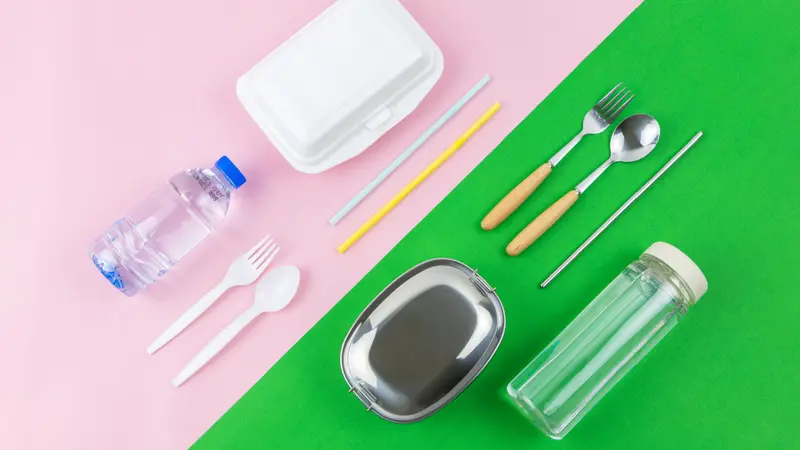

Food, Farming and Nutrition

Food, Farming and Nutrition
Healthier Food Prep and Storage
Health-minded people almost always pay attention to what they eat. But how food is prepared and stored affects its healthfulness, too.
Cooking Methods
When cooking meat, certain high-heat cooking methods may present potential health concerns. Potential carcinogens are formed during high-heat exposures; specifically, heterocyclic amines (HCAs) and polycyclic aromatic hydrocarbons (PAHs) are carcinogenic chemicals that have been found when meat is charred or cooked over high heat.
Some factors that may affect the formation of these carcinogens are temperature, duration, heat transfer, and added antioxidants, with increased mutagenic activity noted with increased temperatures and time as well as with better heat transfer, as seen in cooking methods with direct contact, such as frying and grilling. Marinades that are rich in antioxidants and that include herbs such as garlic, ginger, thyme, and rosemary may help prevent the formation of potential carcinogenic compounds during frying or grilling.
In small amounts, meat cooked with high heat is likely fine to consume, but for those with a history of cancer and/or those who consume large amounts of meat, these are red flags to consider. Although human studies have not been definitive, a review of epidemiological studies suggested that high exposure to meat carcinogens, particularly HCAs, may increase the risk of cancer in humans.
Try choosing gentler cooking methods such as roasting and steaming, and selecting the fat or oil best suited for cooking over low, medium, or higher heats.
Food Storage and Cookware
The container in which a food is cooked or stored may also hold potential for contamination, or toxic chemical release. A 2021 study that looked at food safety and the migration of chemicals from plastic containers or food contact materials that are used for microwave and conventional oven heating found that 74 different chemical compounds had migrated into the food samples that were tested. These chemicals included both substances that were intentionally added in the production of the plastics and byproducts from the degradation of the materials and plastics. Additionally, the levels of 20 chemicals were statistically higher when microwaved.
Another 2021 study that looked at microwaveable plastic food containers used for storage, cooking, and take-out boxes also found multiple chemical substances migrated into food, including microplastics.
Manmade perfluorinated chemicals are everywhere in the environment, and are another source of potential exposure to toxins in the kitchen. Some types of these chemicals are used in non-stick cookware and have been reported as potential endocrine and metabolic disruptors.
A 2020 review found that several studies on women’s health identified associations between higher exposure to perfluoroalkyl and polyfluoroalkyl substances (PFAS) and later menarche, irregular menstrual cycles, earlier age of menopause, and lower levels of estrogens and androgens.
The chemical commonly known as Teflon (polytetrafluoroethylene, or PTFE) is one member of this PFAS chemical family, and is used to coat a number of commercial products, including cookware. When heated, studies have shown this compound emits additional pollutants such as perfluoroalkyl carboxylic acids (PFCA).
Try heating and storing foods in glass containers, and using stainless steel or cast-iron cookware for healthier options for food storage and preparation.
REFERENCES
The Institute for Functional Medicine. (n.d.). Healthy food preparation: reducing toxicant exposure. https://www.ifm.org/news-insights/healthy-food-preparation-reducing-toxicant-exposure


 By
By







